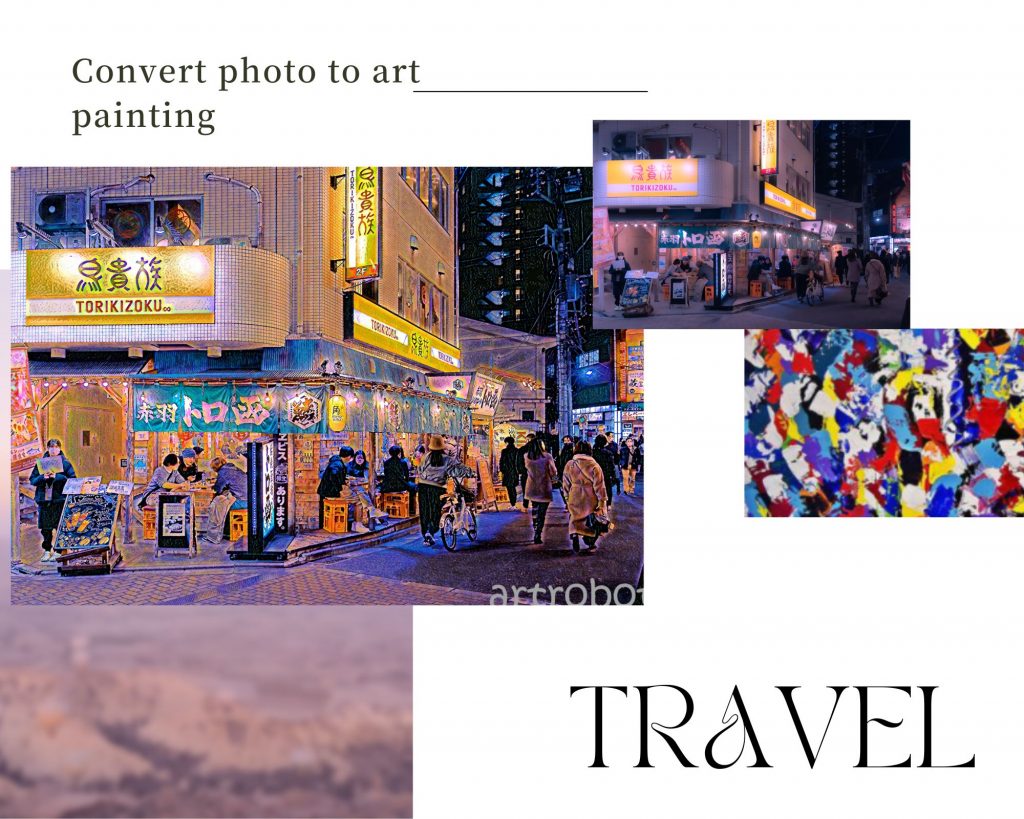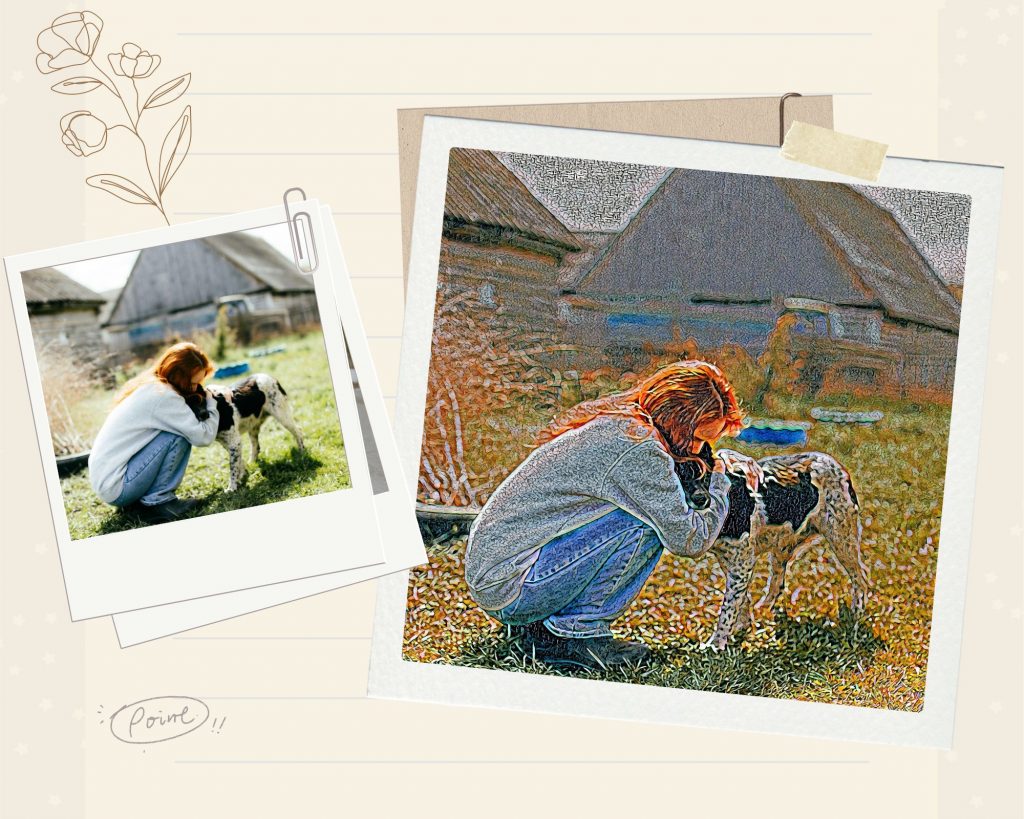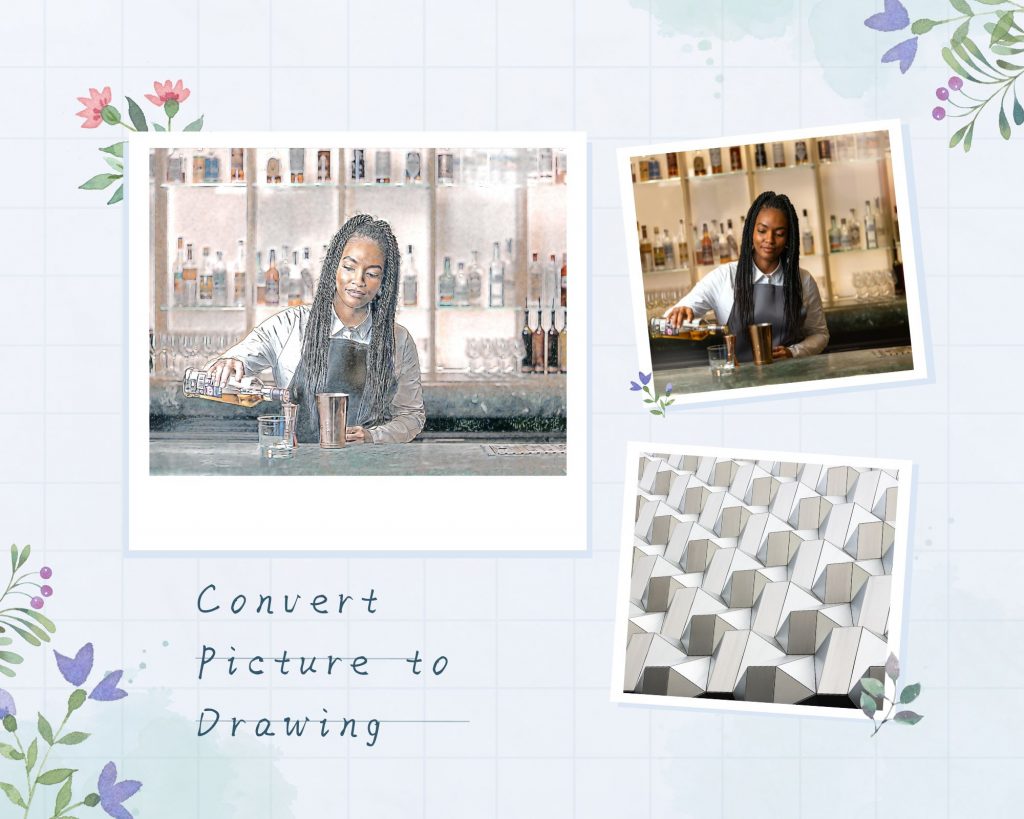Introduction
In the ever-evolving world of photography, advancements in technology continue to redefine the boundaries of artistic expression. One such breakthrough that has piqued the interest of photographers is style transfer technology. By leveraging the power of deep learning algorithms, style transfer allows for the seamless fusion of distinct artistic styles with photographic images, enabling photographers to unleash their creativity and craft visually striking masterpieces, such as the ability to convert photo into painting. This essay delves into the various aspects of style transfer technology that have captivated the attention of photographers and discusses how it has revolutionized the field of photography.
The Art of Style Transfer
At its core, style transfer technology involves the application of a specific artistic style, derived from a reference image or painting, onto a target photograph. This is achieved through the use of neural networks that are trained to recognize and extract key features of both the style and content of the images. The result is a unique and visually compelling synthesis of the two, opening up a world of endless creative possibilities for photographers.

Creative Experimentation
One of the primary appeals of style transfer technology for photographers is the ability to experiment with a wide array of artistic styles, pushing the boundaries of conventional photography. By merging the stylistic elements of iconic paintings or distinctive artworks with their own images, photographers can create entirely new and imaginative compositions. This process not only allows for the exploration of various artistic genres, such as Impressionism, Cubism, or Abstract Expressionism but also encourages photographers to challenge their own creative limitations and develop their personal style.
Efficient Post-processing
In the past, achieving complex artistic effects on photographs, like converting a photo into a painting, would have required a significant amount of time and expertise in image editing software. However, style transfer technology has streamlined this process considerably, allowing photographers to effortlessly transform their images within a matter of minutes. By automating the blending of style and content, photographers can dedicate more time to the art of capturing compelling images and exploring different creative avenues, rather than getting bogged down by the intricacies of post-processing.

Personalization and Client Satisfaction
In the realm of professional photography, meeting client expectations and delivering personalized content is of utmost importance. Style transfer technology offers a means to cater to diverse client preferences by adapting photographs to a wide range of artistic styles. This level of customization can not only enhance customer satisfaction but also help photographers stand out in a competitive market by offering a unique and visually captivating product.
Social Media Engagement
The use of style transfer technology can also significantly impact a photographer’s social media presence. By sharing images that have been transformed using various artistic styles, photographers can capture the attention of viewers, garnering increased engagement and expanding their online reach. This can be particularly beneficial for photographers who are looking to grow their audience or establish a distinctive brand identity.
Ease of Use and Accessibility
The growing popularity of style transfer technology has led to the development of numerous applications and tools that are accessible to photographers of all skill levels. With user-friendly interfaces and intuitive controls, these tools enable even those with minimal technical expertise to harness the power of style transfer, democratizing the creative process.
Exploring the Limits of Artistic Expression
Style transfer technology has sparked a fascinating debate around the nature of artistic expression and the role of technology in the creative process. By enabling photographers to blend their work with iconic styles and elements of renowned artists, it raises questions about the extent to which these new creations can be considered original works of art. This ongoing discourse has prompted photographers to explore the boundaries of their craft and reflect on the implications of technology in the evolution of artistic expression.

Conclusion
Style transfer technology has undeniably captured the interest of photographers, offering a unique and powerful means to expand their creative horizons. By enabling the fusion of diverse artistic styles with photographic images, it has transformed the way photographers approach the art of image creation and manipulation. The myriad of opportunities for creative experimentation, such as the ability to convert photo into painting, coupled with the efficiency of post-processing, has allowed photographers to push the boundaries of their craft and develop their distinct artistic identities.
Moreover, the personalization offered by style transfer technology has enabled photographers to cater to a wide range of client preferences, enhancing customer satisfaction and setting their work apart in a competitive market. In addition, the visually engaging images produced through style transfer can contribute to increased social media engagement, helping photographers expand their online presence and connect with a broader audience.
The ease of use and accessibility of style transfer tools have democratized the creative process, allowing photographers of all skill levels to experiment with various artistic styles and techniques. Furthermore, the intersection of technology and art has sparked thought-provoking discussions around the nature of artistic expression, prompting photographers to examine the role of technology in shaping their creative pursuits.
In conclusion, style transfer technology has profoundly impacted the field of photography, offering new avenues for artistic exploration and redefining the boundaries of the medium. As photographers continue to embrace this innovative technology, it will undoubtedly continue to influence the evolution of photographic expression, inspiring the creation of captivating and groundbreaking visual narratives.